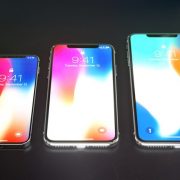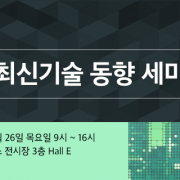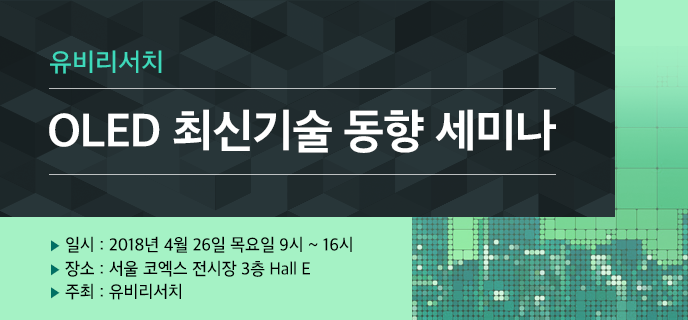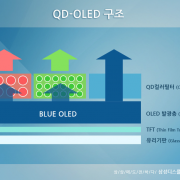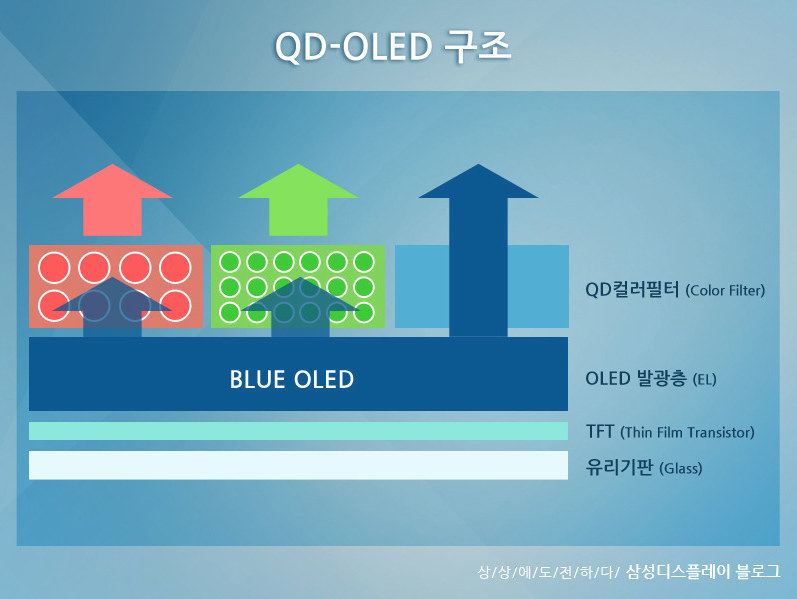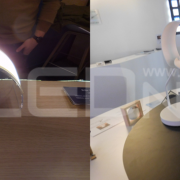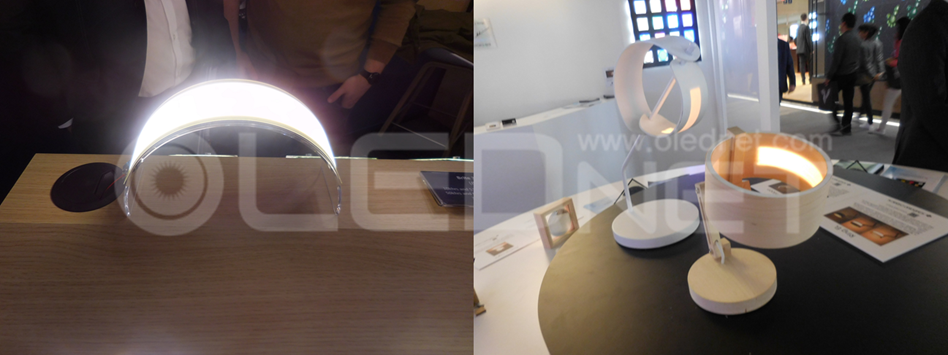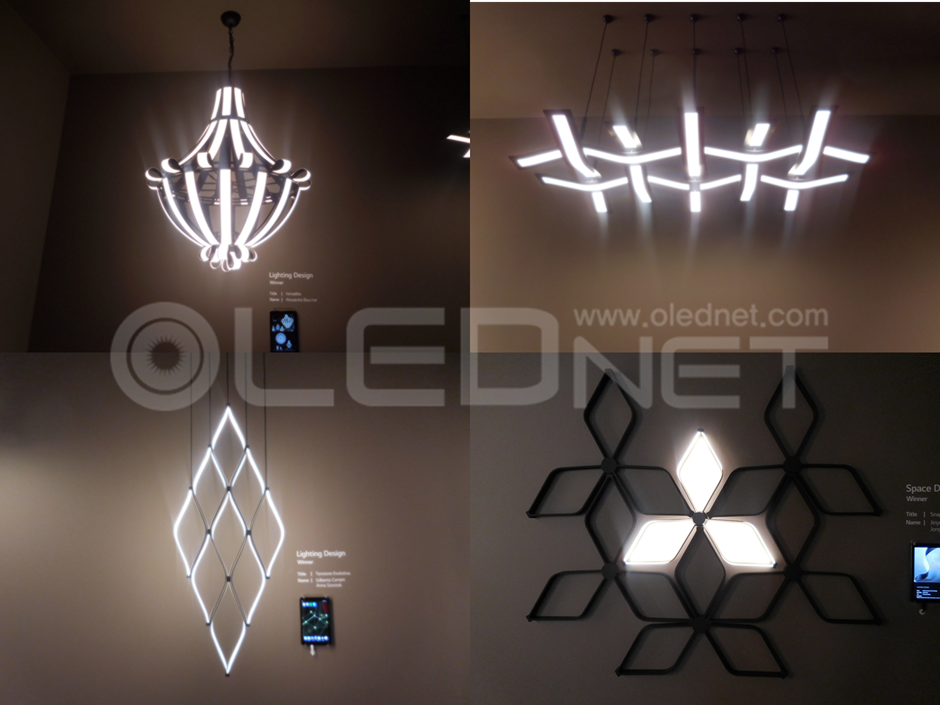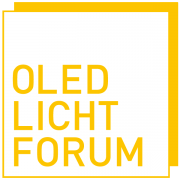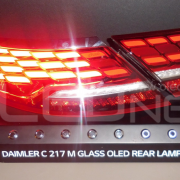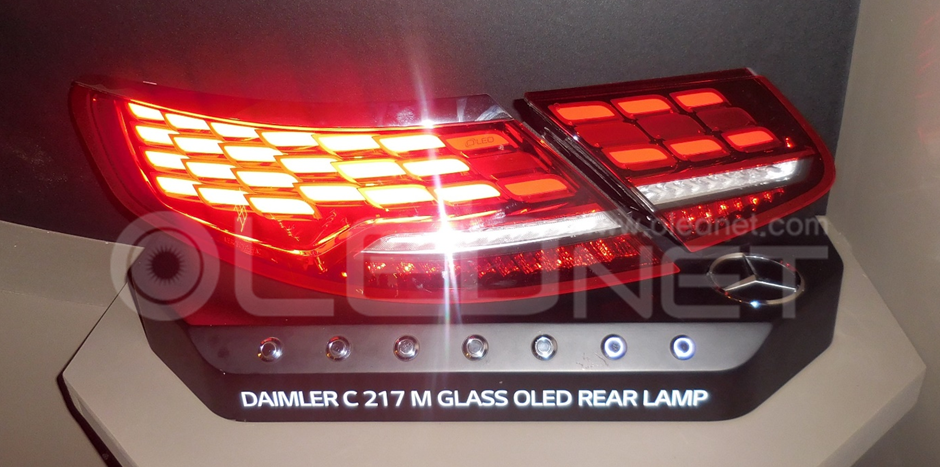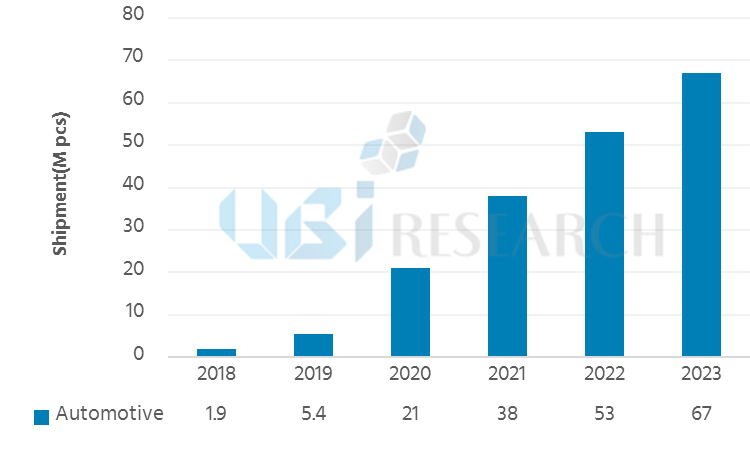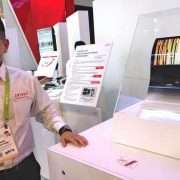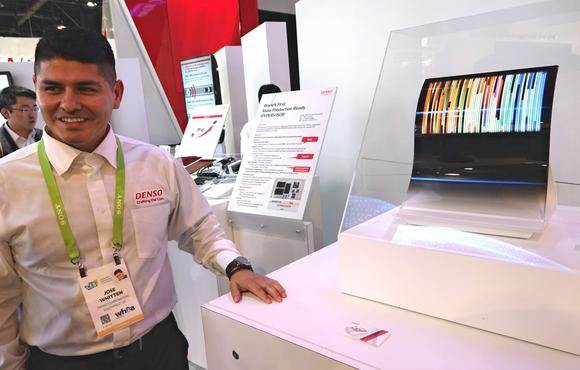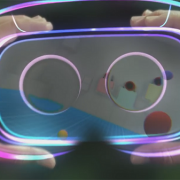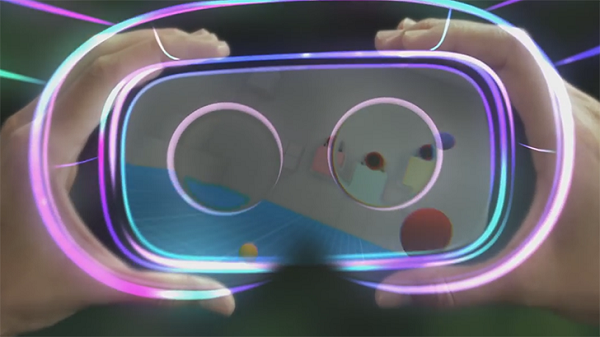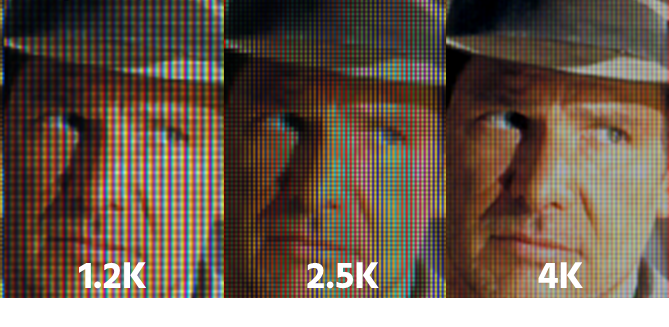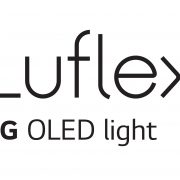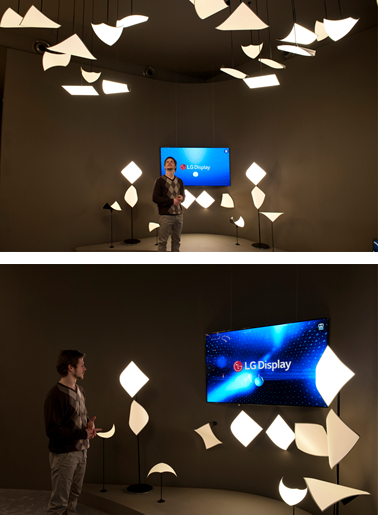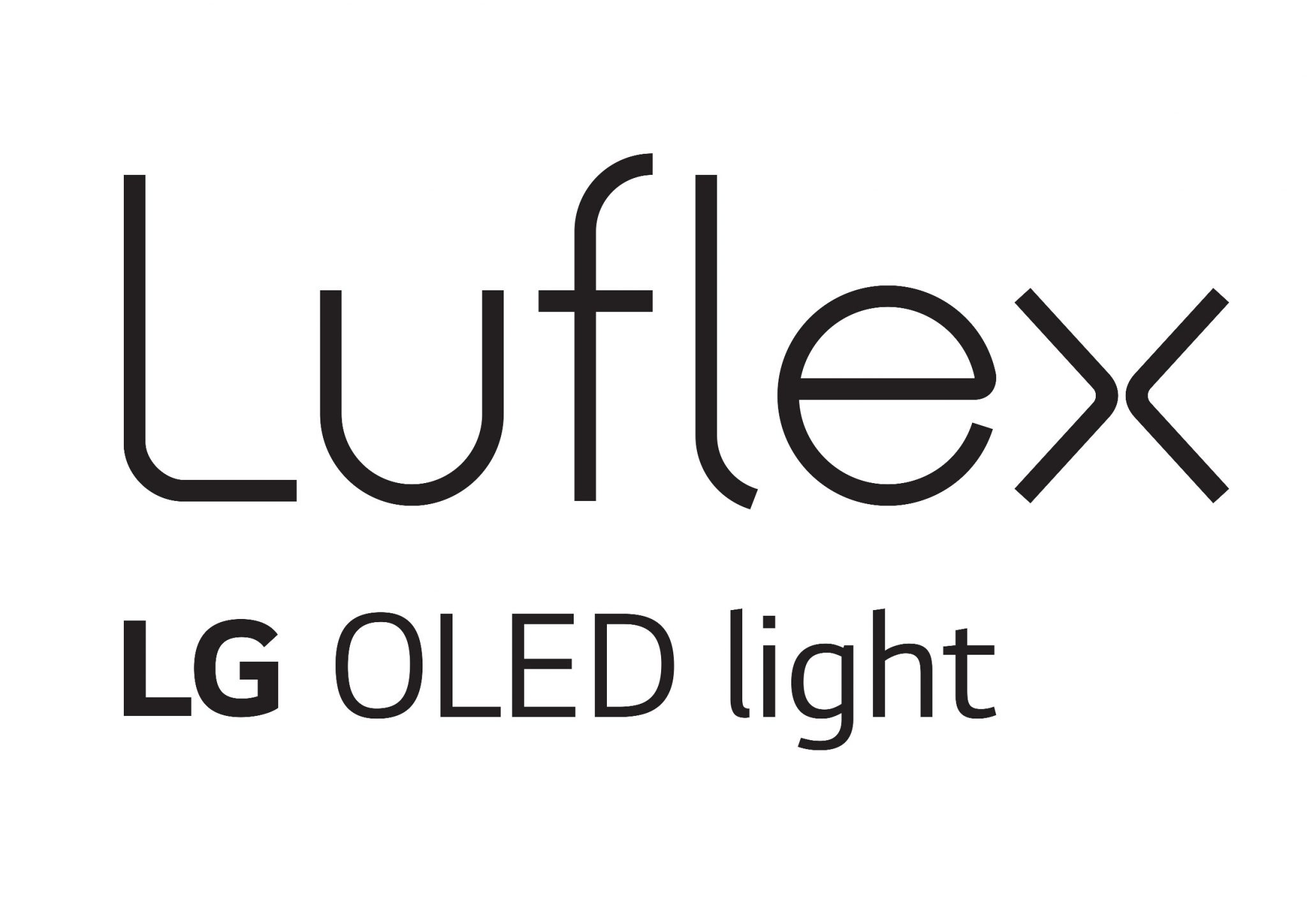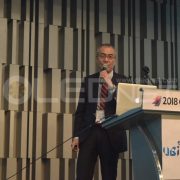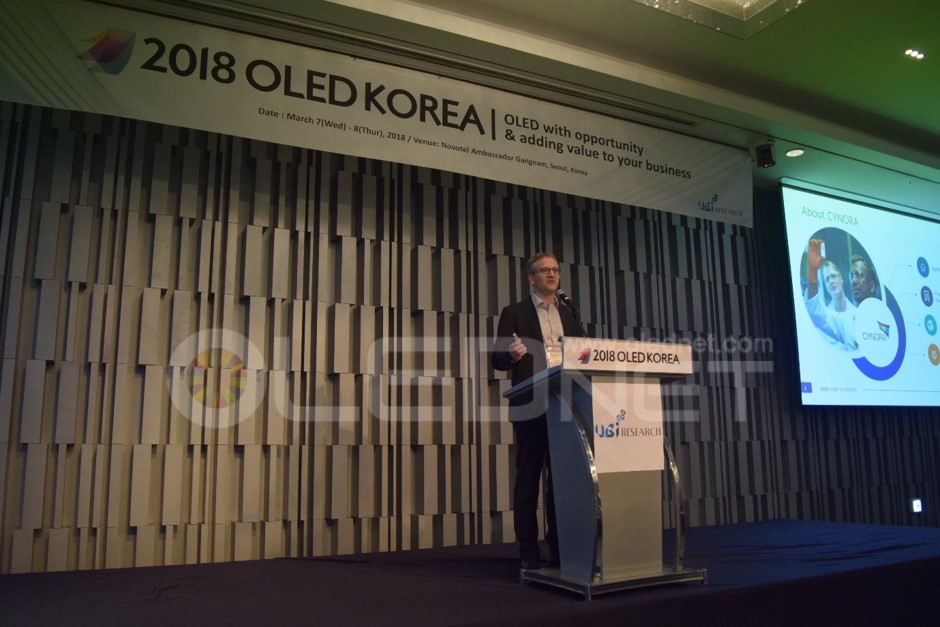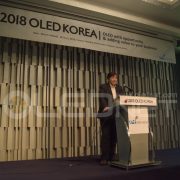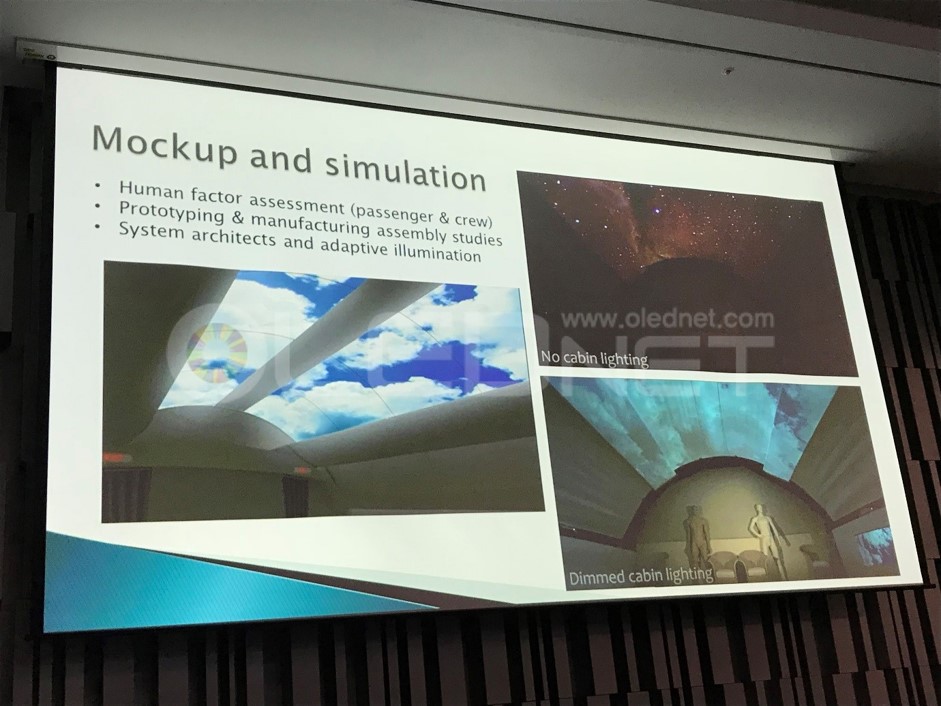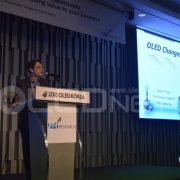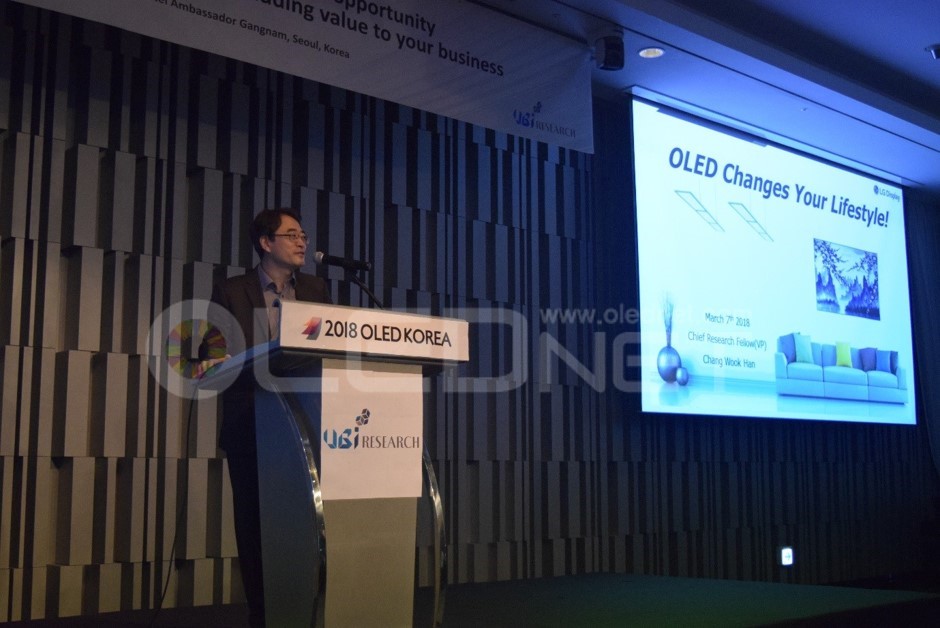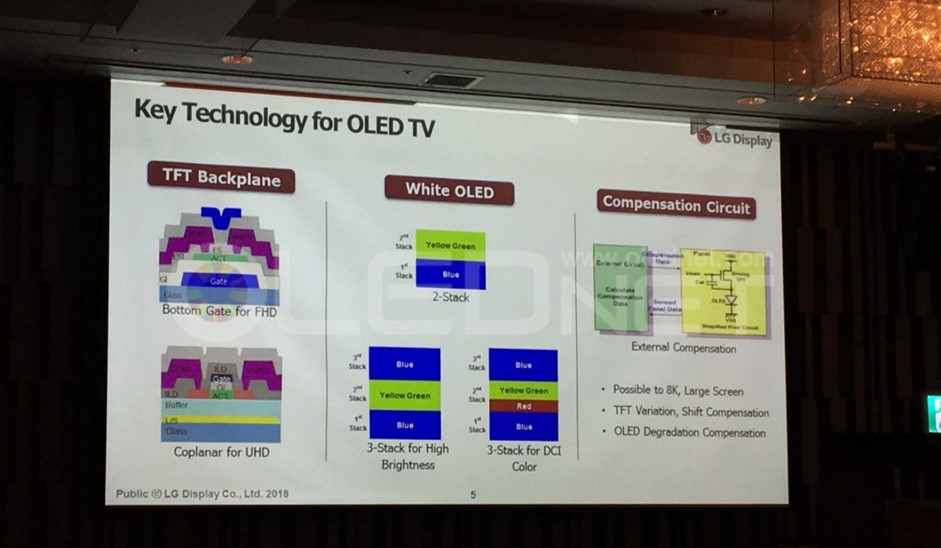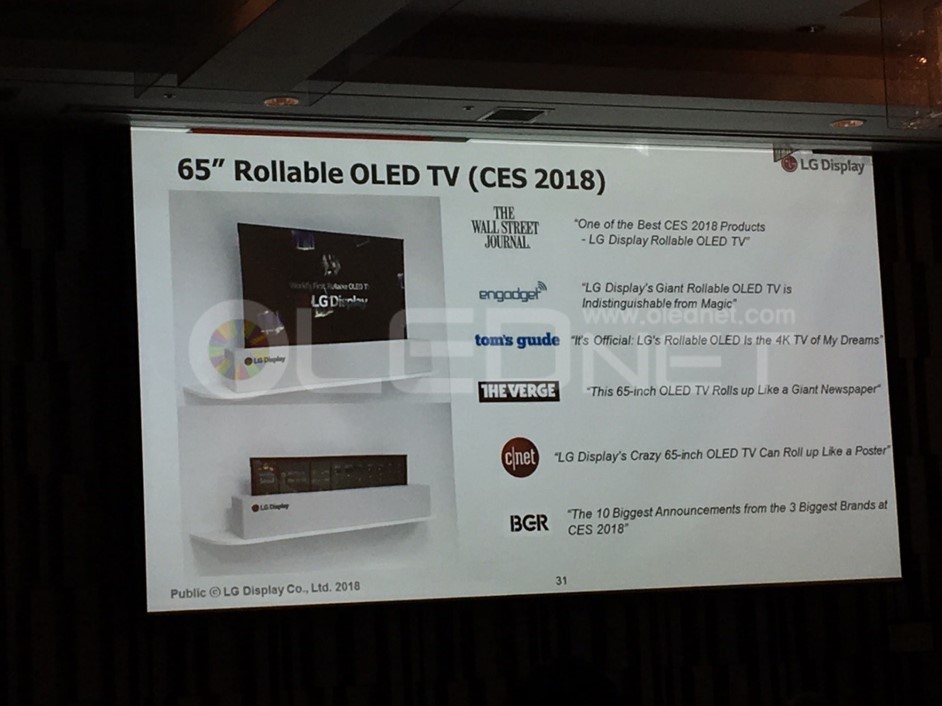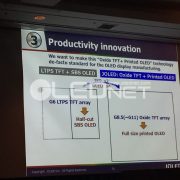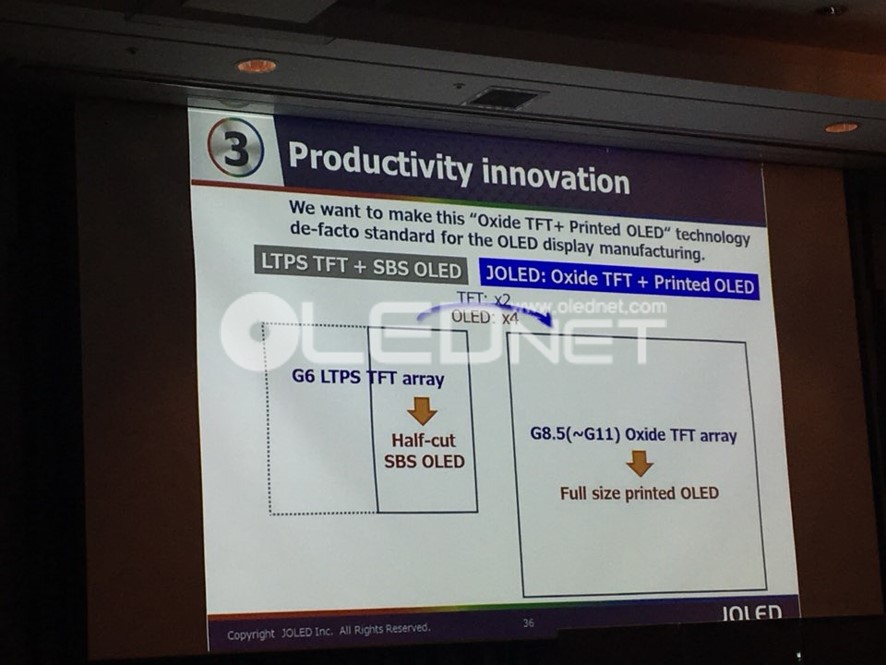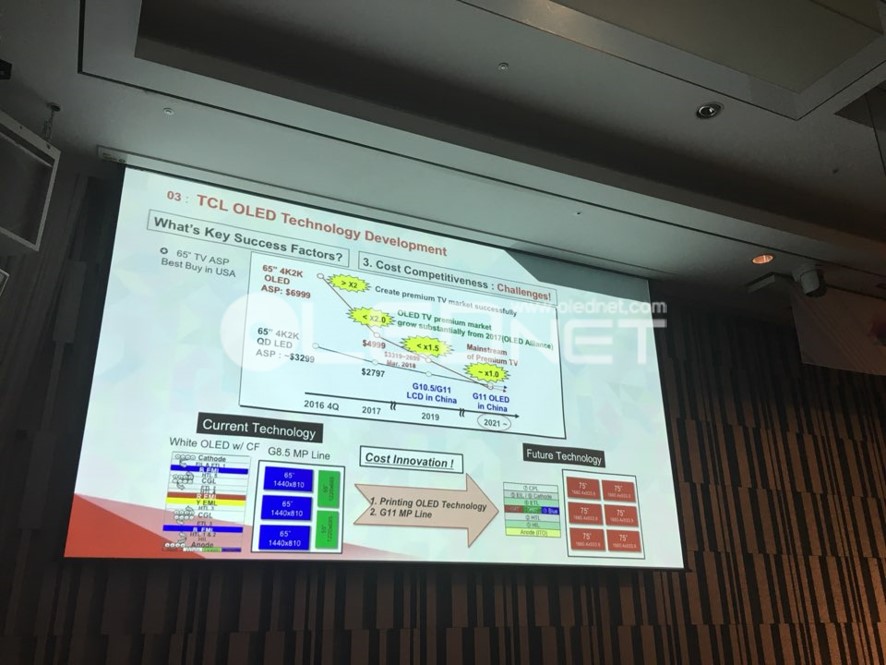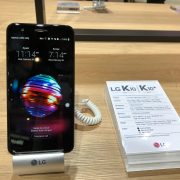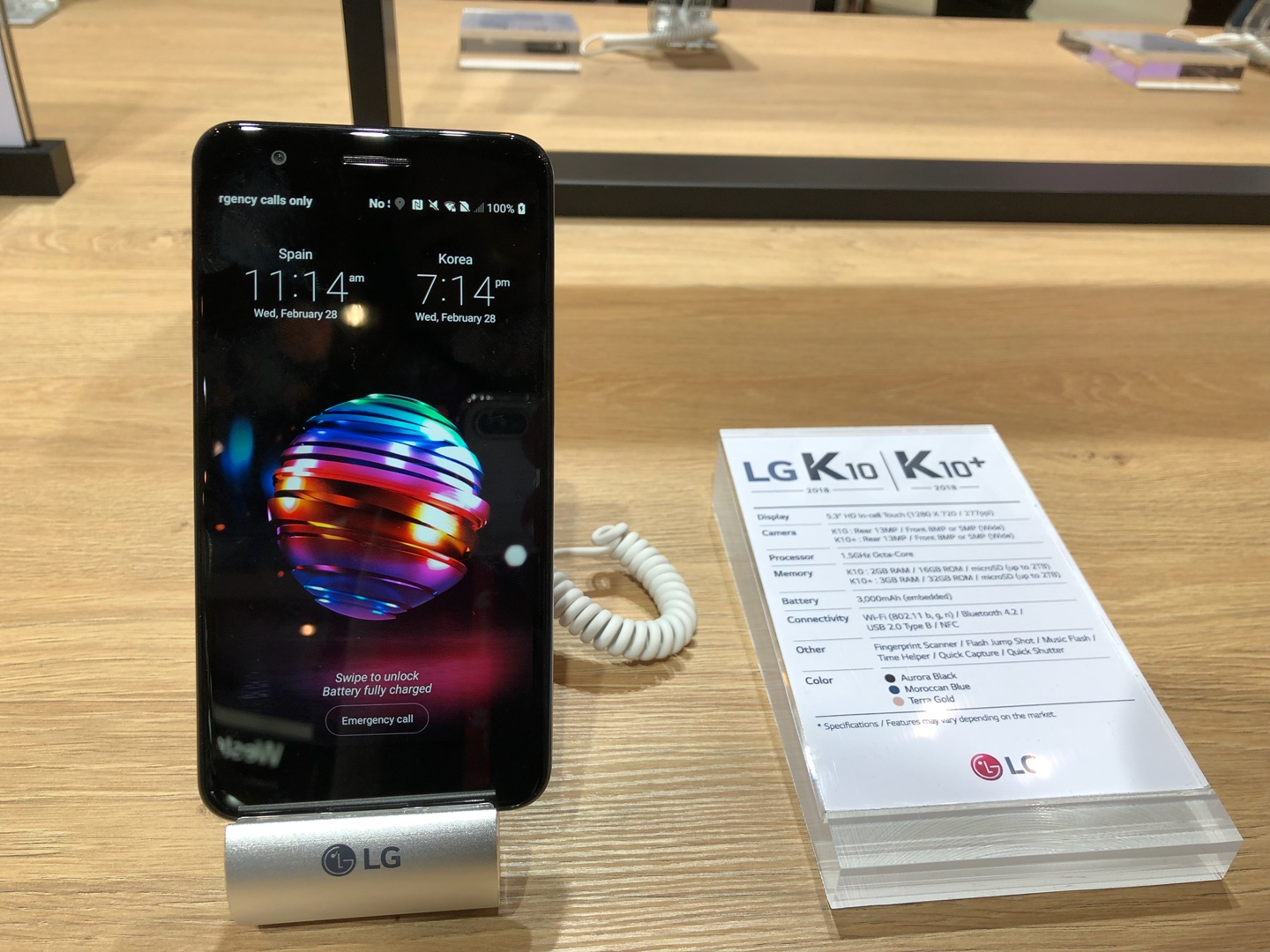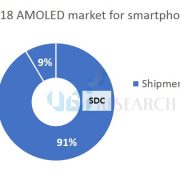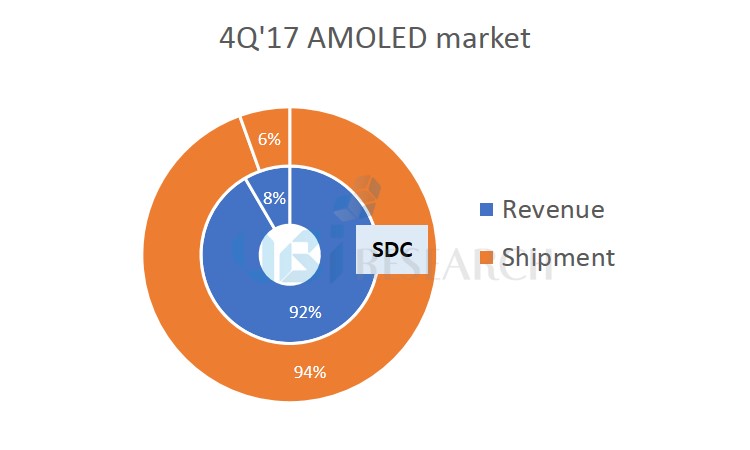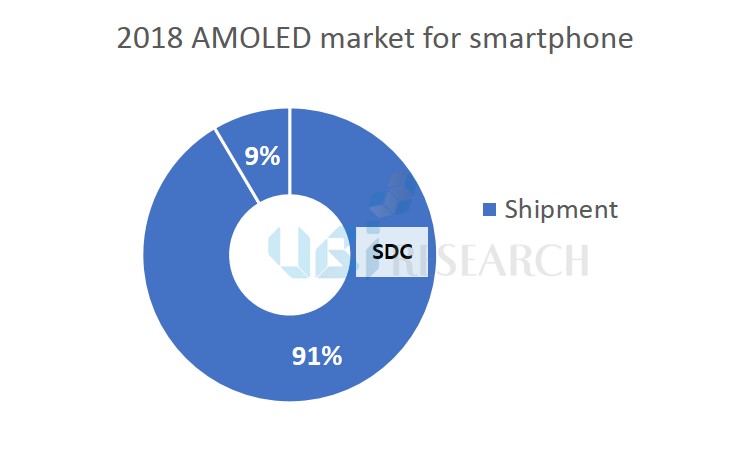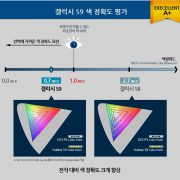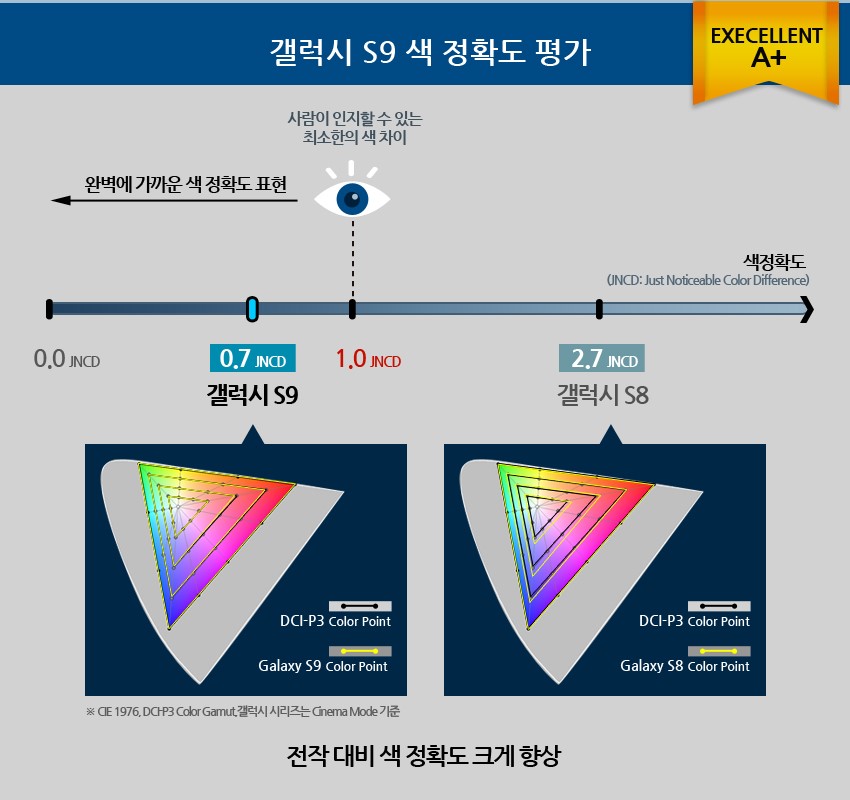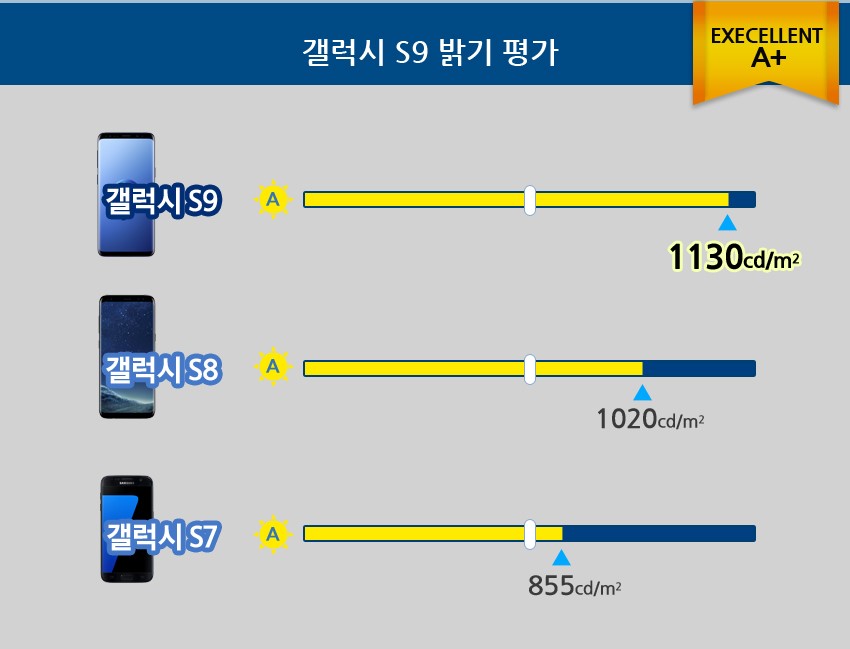노치 디자인 타입의 OLED 스마트폰, 2018년 트렌드로 자리 잡나
Apple이 iPhone X에 노치(Notch) 디자인 타입의 OLED 스마트폰을 처음 선보인 이후, 많은 스마트폰 제조사들이 OLED 스마트폰을 잇따라 출시하거나 출시할 것으로 예상되며 노치 타입의 OLED 스마트폰이 2018년 스마트폰 시장에서 트렌드로 자리 잡을지 이목이 집중되고 있다.
최초로 노치 디자인 타입의 OLED 스마트폰을 출시한 Apple은 2018년 3개의 iPhone 모델에 모두 노치 타입의 스마트폰을 출시할 것으로 예상된다. Mac Rumors에 따르면, Apple은 2018년 하반기 5.8 inch OLED가 적용 된 iPhone X 후속 모델과 6.5 inch OLED iPhone X Plus(가칭), 6.1 inch LCD iPhone 9(가칭)을 출시할 것으로 알려졌다.
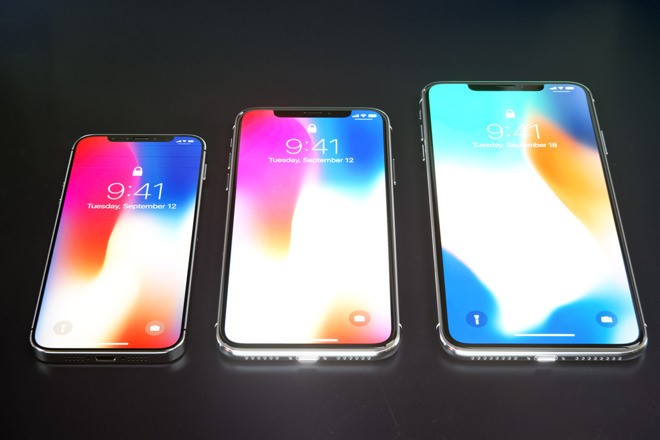
<2018년 출시 될 것으로 예상되는 iPhone series, Source: appleinsider.com>
뿐만 아니라 Oppo R15, Vivo X21, Huawei P20 Pro 등 노치 디자인 타입의 OLED 스마트폰의 출시 발표가 있었으며, 최근에는 Xiaomi Mi 7과 LG G7에 노치 디자인 타입의 OLED가 적용 될 거라는 보도가 잇따르고 있다.
Huawei는 현지시간으로 27일 프랑스 파리에서 공개 행사를 통해 플래그십 스마트폰 Huawei P20와 Huawei P20 Pro를 공개했다. Huawei P20과 P20 Pro 모두 노치 디자인이며 P20에는 5.8 inch LCD가, P20 Pro에는 6.1 inch OLED가 적용되고 AOD(always on display) 기능을 지원한다. 또한, 노치 기능을 비활성화 할 수 있는 기능이 더해져 노치 디자인을 숨길 수 있는 것으로 알려졌다.
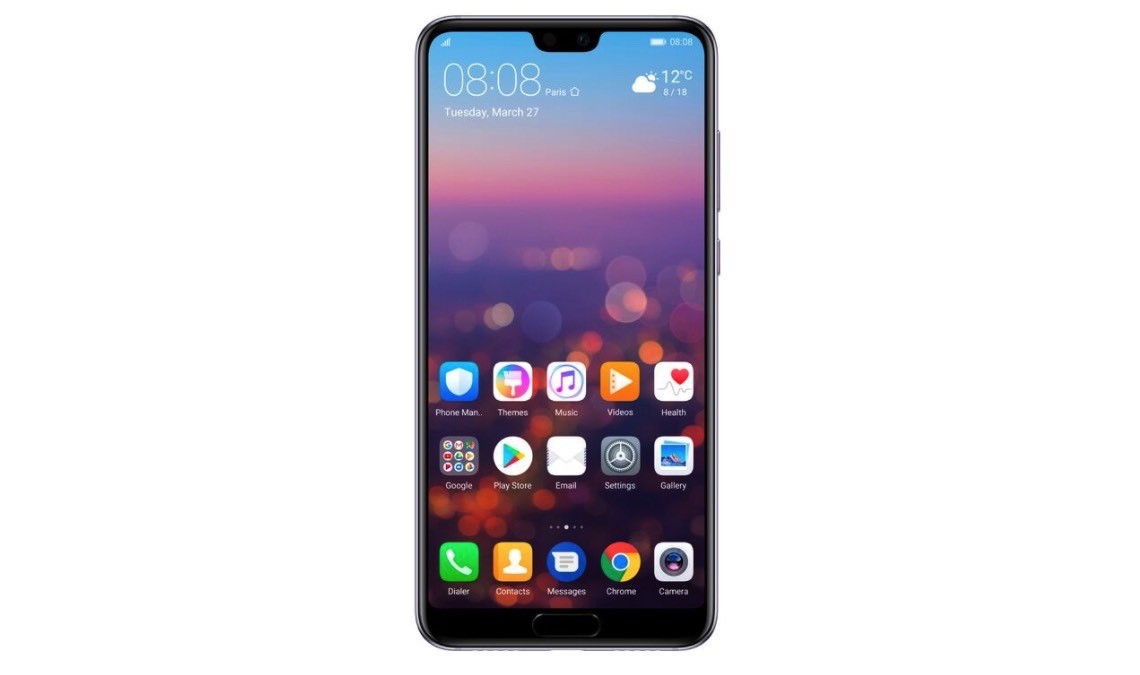
<Huawei P20 Pro, Source: bgr.com>
한편, Xiaomi Mi 7에도 노치 디자인 타입의 OLED가 적용 될 것으로 보인다. 봉황망코리아에 따르면, XDA 개발자가 유출 된 펌웨어 파일을 분석한 결과 Xiaomi 운영 체제인 ‘MIJU 9’ 설정 워딩에 노치 관련 문구가 언급되는 것을 감안했을 때 노치 디자인이 적용될 것으로 관측된다고 보도했다. 각종 루머를 종합해보면, Xiaomi Mi 7 에는 노치 디자인 타입의 OLED 탑재와 함께 AOD 기능을 지원할 것으로 알려졌다.
LG G7도 노치 디자인 타입의 OLED가 적용 될 것으로 예상 된다. xda-developers의 렌더링 이미지와 유튜브 채널인 Science and Knowledge에서 제작한 컨셉 렌더링 영상에 따르면, LG G7에는 19대9 화면비와 1440 x 3120 해상도를 지원하는 6 inch OLED가 탑재되었다. 관련 업계에서는 4월 말 국내에서 공식 발표되고 5월 중 정식 출시될 것으로 예상하고 있다.
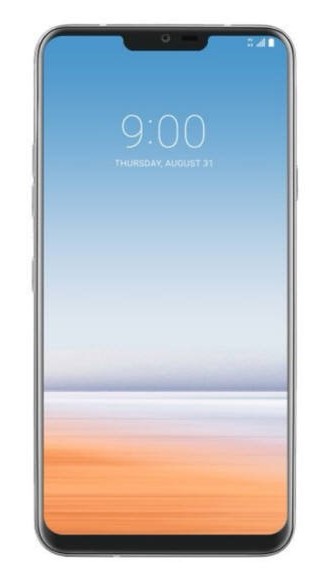
<LG G7의 렌더링 이미지, Source: xda-developers.com>
노치 디자인은 제한 된 스마트폰 크기에서 최대한 큰 화면을 구현하기 위해 적용 된 full screen display의 일종이다. 노치 디자인 타입의 OLED 스마트폰이 2018년 스마트폰 시장에서 새로운 트렌드로 자리잡을 수 있을지 귀추가 주목된다.

